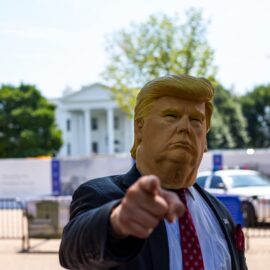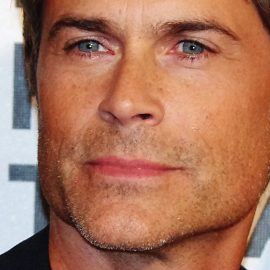

This article is an excerpt from the Shortform book guide to "Billion Dollar Whale" by Tom Wright and Bradley Hope. Shortform has the world's best summaries and analyses of books you should be reading.
Like this article? Sign up for a free trial here.
Curious about Jho Low’s partying and lifestyle before his downfall? How did he maintain his high-profile image?
In Billion Dollar Whale, Tom Wright and Bradley Hope explore Jho Low’s story as he leveraged his newfound wealth to live a high-profile lifestyle filled with partying, gambling excursions, and celebrity friends. The authors claim that Low’s extravagant spending knew no bounds.
Read on to learn about Jho Low’s partying and lifestyle before his downfall, according to Wright and Hope.
Jho Low’s Partying & Lifestyle
According to Tom Wright and Bradley Hope’s book Billion Dollar Whale, fraudulent entrepreneur Jho Low suddenly became a multimillionaire thanks to his business deal with PetroSaudi. Jho Low’s partying lifestyle quickly began after he came into his riches as he used the money to boost his status even further, befriending a laundry list of celebrities. However, Wright and Hope note that as he focused on funding his new, glamorous lifestyle, it became difficult for him to manage an increasingly complicated scheme.
Below, we’ll describe the period of Jho Low’s life that he spent partying and propping up his high-profile image among the rich and famous, according to Wright and Hope’s Billion Dollar Whale.
Low Leveraged Success to Prop Up His Image
Jho Low spent exorbitant amounts on partying and gambling excursions in an effort to court increasingly famous and powerful friends. As Wright and Hope describe them, Low’s parties were almost unbelievably extravagant. Hosted on multimillion-dollar yachts or at high-end Vegas casinos and hotels, Low’s parties featured A-list musicians and actors, as well as Low’s accomplices and other wealthy businesspeople. Guests drank the most expensive wine and spirits, and seven-figure gifts of jewelry and luxury vehicles were often exchanged.
(Shortform note: While Jho Low was obviously chasing money and power, his high-profile partying indicates that to some degree he may have also been chasing fame. Low’s desire for renown isn’t unique—psychological surveys have shown that about a third of adults regularly fantasize about being famous. Experts believe that the lifelong desire for fame often stems from a nagging sense of social rejection. In Low’s case, this explanation fits fairly well, considering his struggle to fit in at both Harrow and Wharton.)
Through his partying and newfound celebrity acquaintances, Jho Low began to invest in the entertainment industry, funding musical projects and even his own film development company, Red Granite Pictures. While these ventures were largely vanity projects for Low, they also served a financial function. By investing in legitimate businesses, Low hoped to be able to make back enough money to repay the funds he pilfered from 1MDB before anyone noticed they’d disappeared. As Wright and Hope note, thanks in part to Low’s friendship with actor Leonardo DiCaprio, Red Granite would go on to produce the acclaimed 2013 film The Wolf of Wall Street.
(Shortform note: Low wasn’t alone in using the film industry as a vehicle to launder money. Thanks to the high production costs as well as the potentially large margins associated with Hollywood filmmaking, the industry has attracted its share of grifters. In 2006 several executives at Limelight Films were arrested, accused of money laundering, and charged with intent to distribute illegal drugs. And, in 2022, an executive at Aviron Pictures was convicted of using Aviron to commit both fraud and money laundering.)
In addition to his aspirations as an entertainment mogul, Low also began to invest in the art market, purchasing works by Basquiat, Monet, and others at multimillion-dollar auctions. Wright and Hope argue that Low’s forays into art collecting served a dual purpose, much like his entertainment investments. Collecting art raised his stature in elite circles and gave him assets he could quickly and untraceably liquidate if he found himself in need of emergency cash.
(Shortform note: As Low’s art investments illustrate, money laundering is rampant in the world of fine art. The art world exists in a legal loophole, where sellers are not required to disclose the names of their clients in the same way that a banker would. As a result of this, art investments allow individuals to anonymously store their wealth.)

———End of Preview———
Like what you just read? Read the rest of the world's best book summary and analysis of Tom Wright and Bradley Hope's "Billion Dollar Whale" at Shortform.
Here's what you'll find in our full Billion Dollar Whale summary:
- A chronicle of the rise and fall of Malaysian entrepreneur, Jho Low
- The tactics Low used to succeed as a con man
- The political and financial context for Low's scheme






